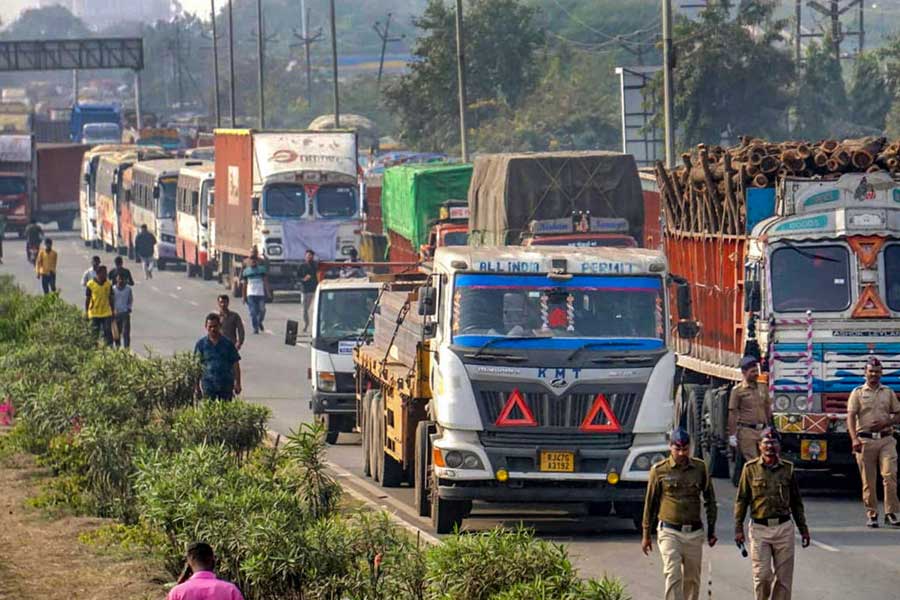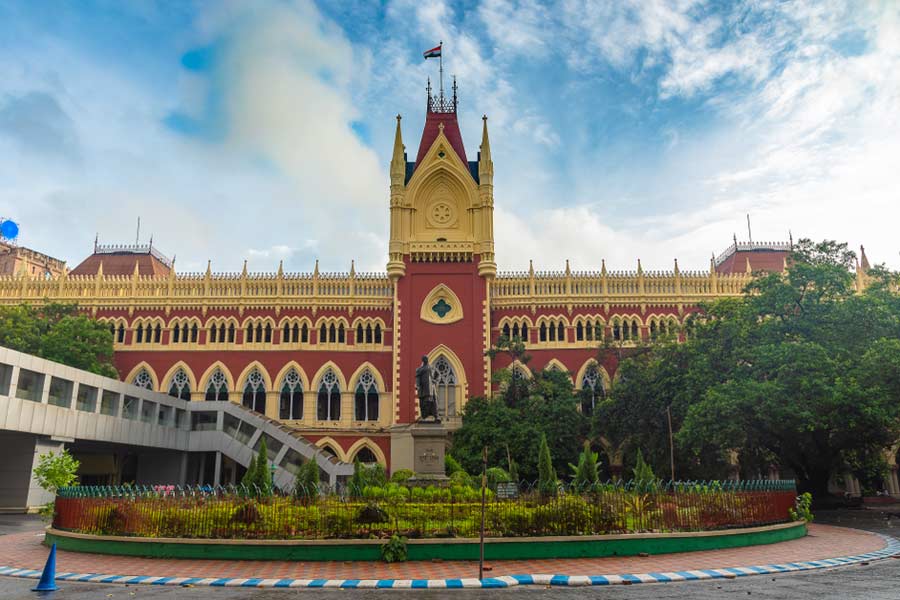Truck, bus and tanker drivers in India went off the roads for more than 50 hours in the past week on account of their reservations about the Central government's new legislation to curb hit-and-run mishaps. The nationwide transportation strike was a response to the stringent Section 106(2) in the recently implemented Bharatiya Nyaya Sanhita that punishes hit-and-run cases with up to 10 years of jail sentence and a penalty of seven lakh rupees. Under the erstwhile Indian Penal Code, which was replaced by the BNS, the accused faced up to two years of prison time for causing road accidents by negligent driving and fleeing the site without informing the authorities. The new law thus marks a substantial shift towards harsher penalties for a crime whose contours are yet to be clearly defined. For instance, there is a lack of clarity on the burden of proof in hit-and-run accidents that are the result of the callousness of victims, pedestrians, and other vehicles, poor roads, or even inclement weather conditions. An important concern raised by the protesting truckers also deserves attention: lingering at the site of the accident to report to the police or to aid the victim makes drivers vulnerable to mob fury. Inadequate regulatory structures to check the potential misuse of Section 106(2) and the exorbitant fine prescribed led to the strike.
The strike has been withdrawn. The government should closely examine the concerns that were raised without taking its eyes off the menace of hit-and-run tragedies. The official data are revealing. According to the recent report, Road Accidents in India 2022, released by the ministry of road transport and highways, while hit-and-run cases do not rank as the primary cause of road fatalities, they still account for 14.6% of all road accidents and 18.1% of all deaths. The corresponding fatality figure for 2021 was 11.8%: which means that the fatalities have risen. Furthermore, Indian highways, the main trucking route, were the sites of more than 60% of road accidents and deaths in 2022. The conviction rate for hit-and-run — 47.9% — is modest; yet data show that 90% of the litigations are pending trial. The government’s decision to address the questions raised by truckers and implement the law only after a discussion with the stakeholders is welcome. However, the success of such an intervention would be contingent upon not only a prudent analysis of the malaise of hit-and-run accidents but also on addressing shortcomings in the law that is supposed to function as a deterrent.











